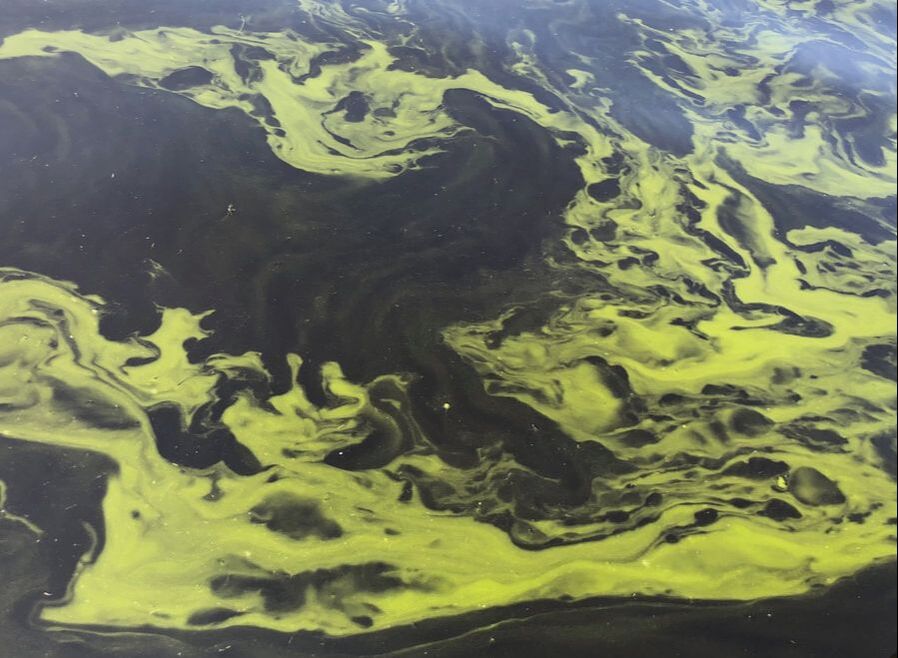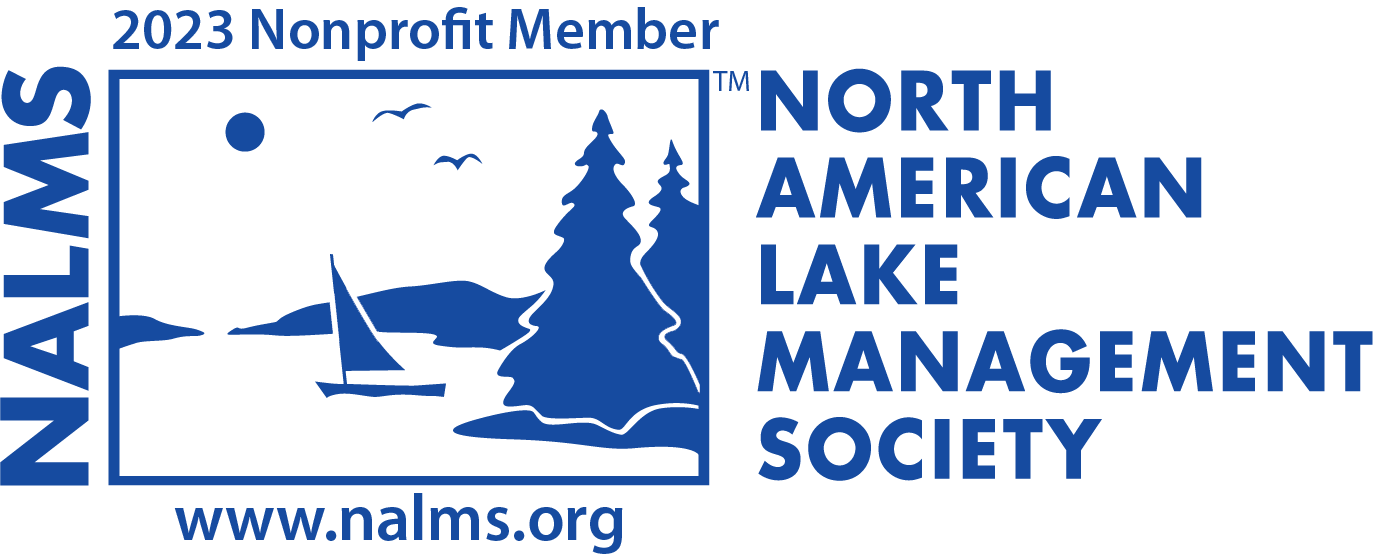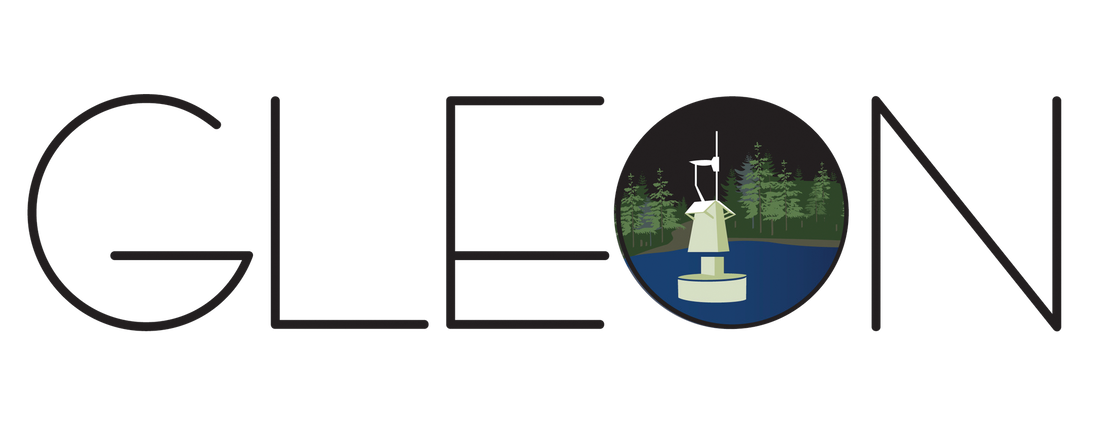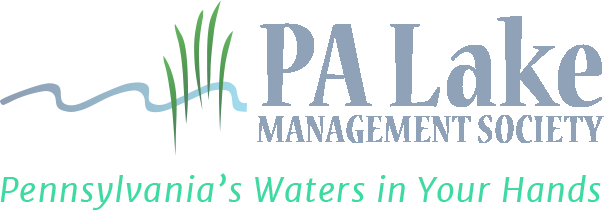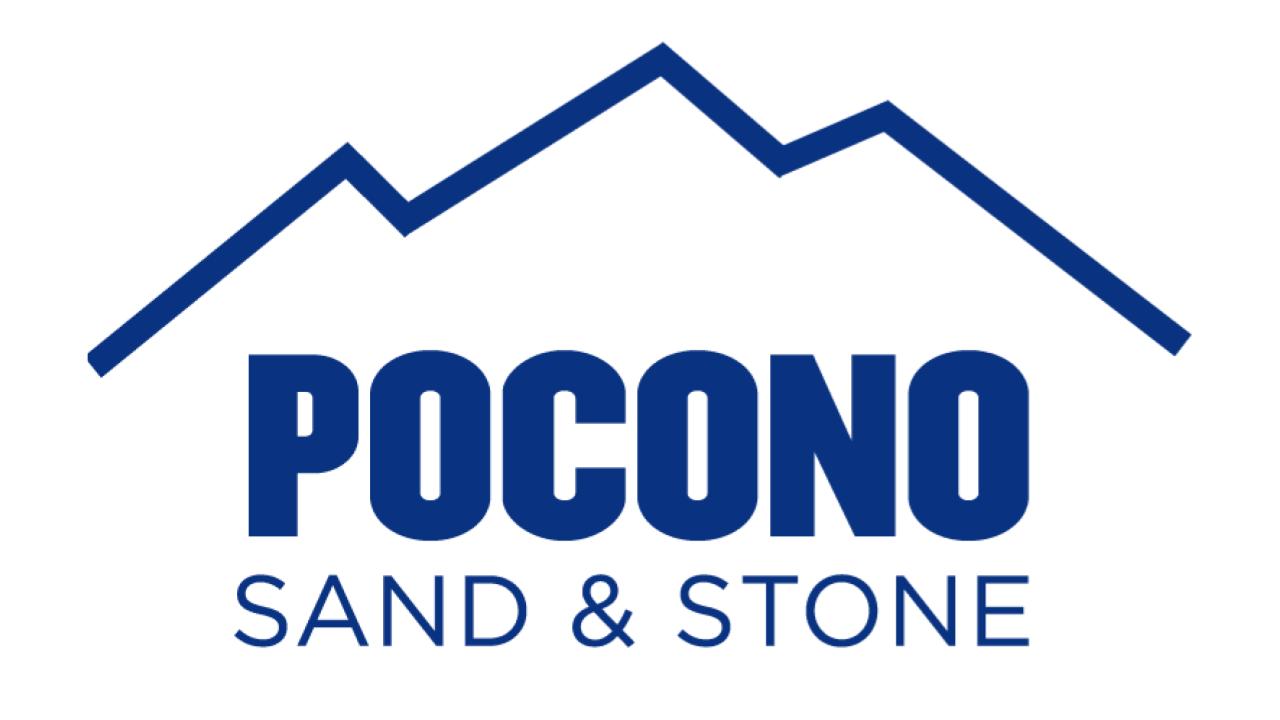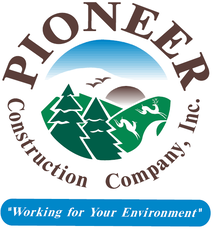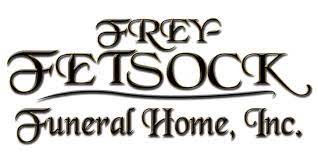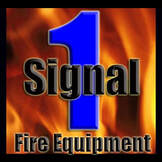Harmful Algal Blooms
|
Lauren Adkins Knose
Miami University of Ohio Algae, or phytoplankton, are essential components of healthy lakes. However, under the right conditions, algae can grow rapidly to achieve high abundance. This is a bloom. Some algae, called cyanobacteria, can produce toxins that are harmful to humans and pets. This is a harmful algae bloom.
|
For more information about harmful algae, cyanotoxins, and health effects, see:
United States Environmental Protection Agency:
Cyanobacterial Harmful Algal Blooms in Water Bodies
Centers for Disease Control: Harmful Algal Bloom-Associated Illness
Pennsylvania Department of Environmental Protection:
So What Exactly are HABs and What Should You Do About Them?
United States Environmental Protection Agency:
Cyanobacterial Harmful Algal Blooms in Water Bodies
Centers for Disease Control: Harmful Algal Bloom-Associated Illness
Pennsylvania Department of Environmental Protection:
So What Exactly are HABs and What Should You Do About Them?
If you have any health-related questions about HABs, please contact the Division of Environmental Health Epidemiology at the Pennsylvania Department of Health at [email protected]. For other inquiries about HABs or to report a suspected HAB, contact the Pennsylvania HABs Task Force at [email protected].
PLEON offers screening for harmful algae blooms. Please contact Beth Norman ([email protected]) for details
PLEON offers screening for harmful algae blooms. Please contact Beth Norman ([email protected]) for details
The 2019 Harmful Algal Bloom workshop was supported in part by the National Science Foundation; grant #1754265 and #1754276

